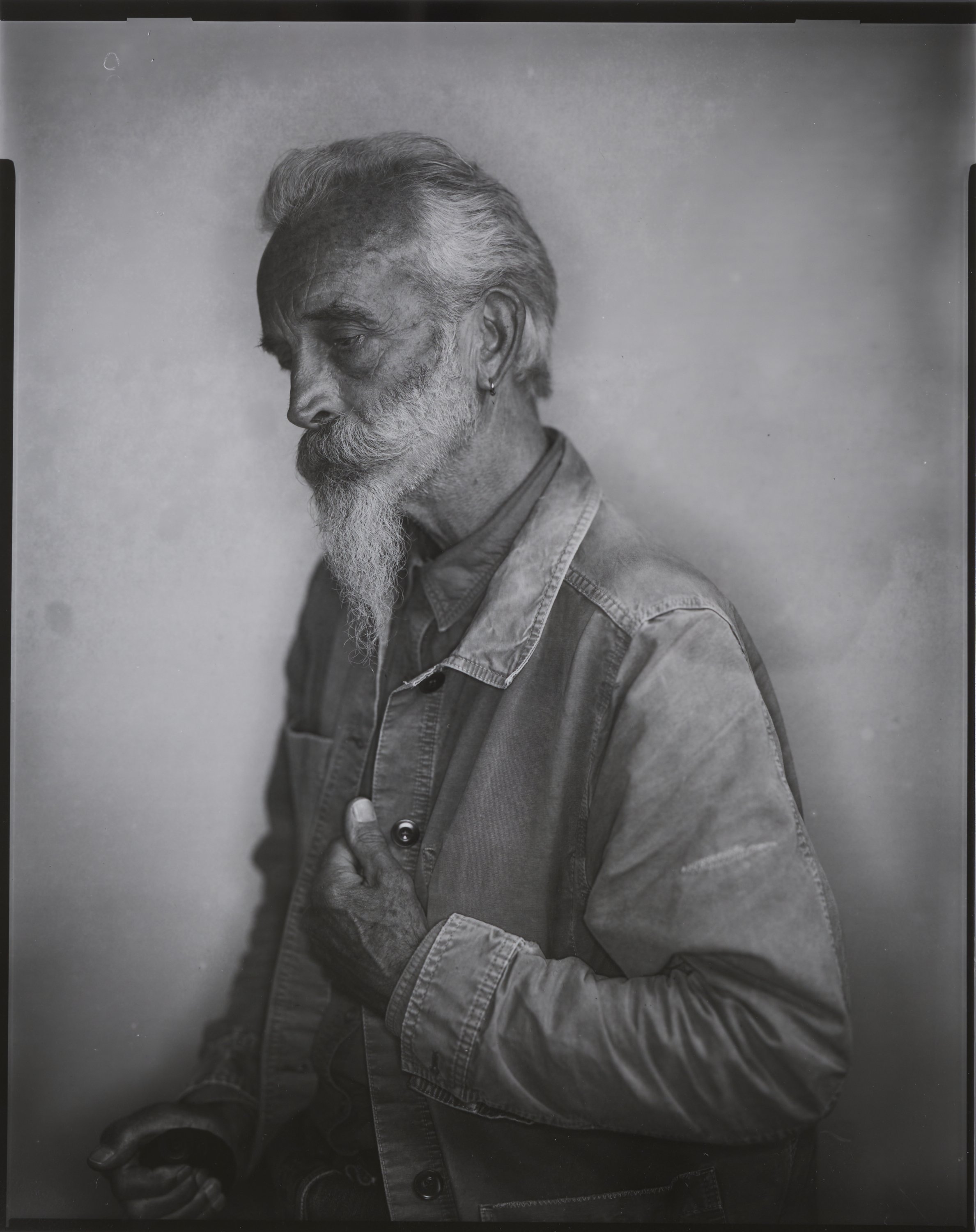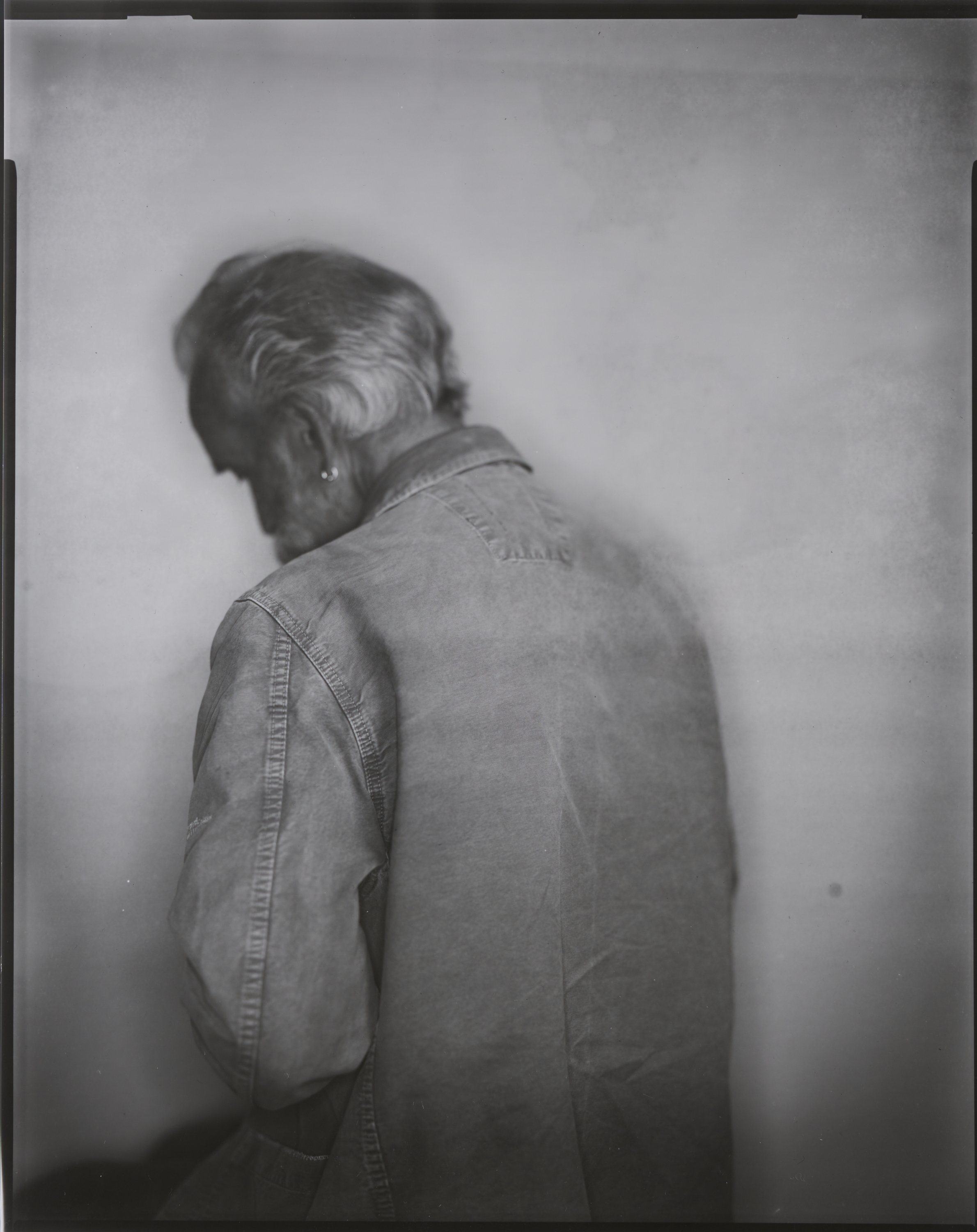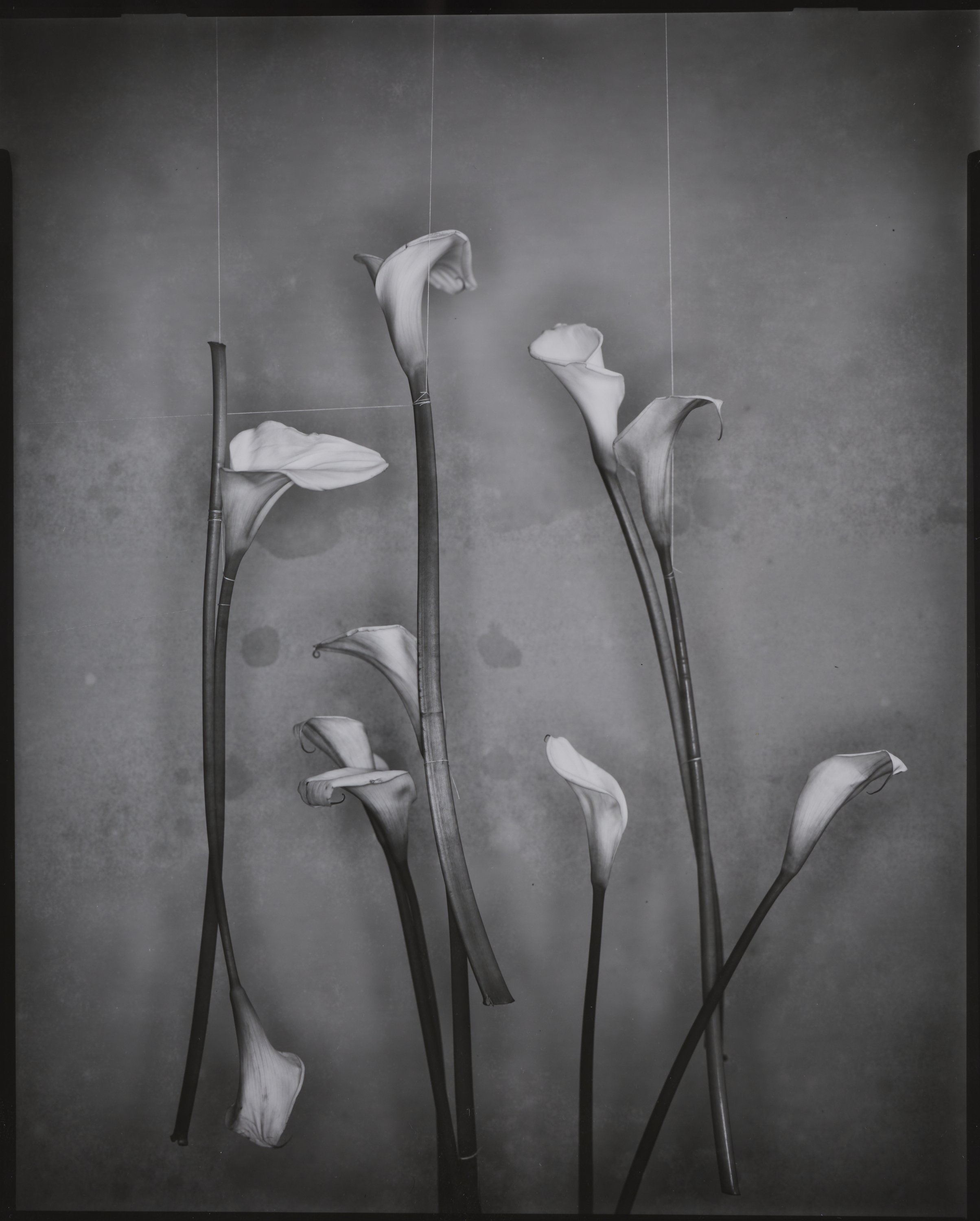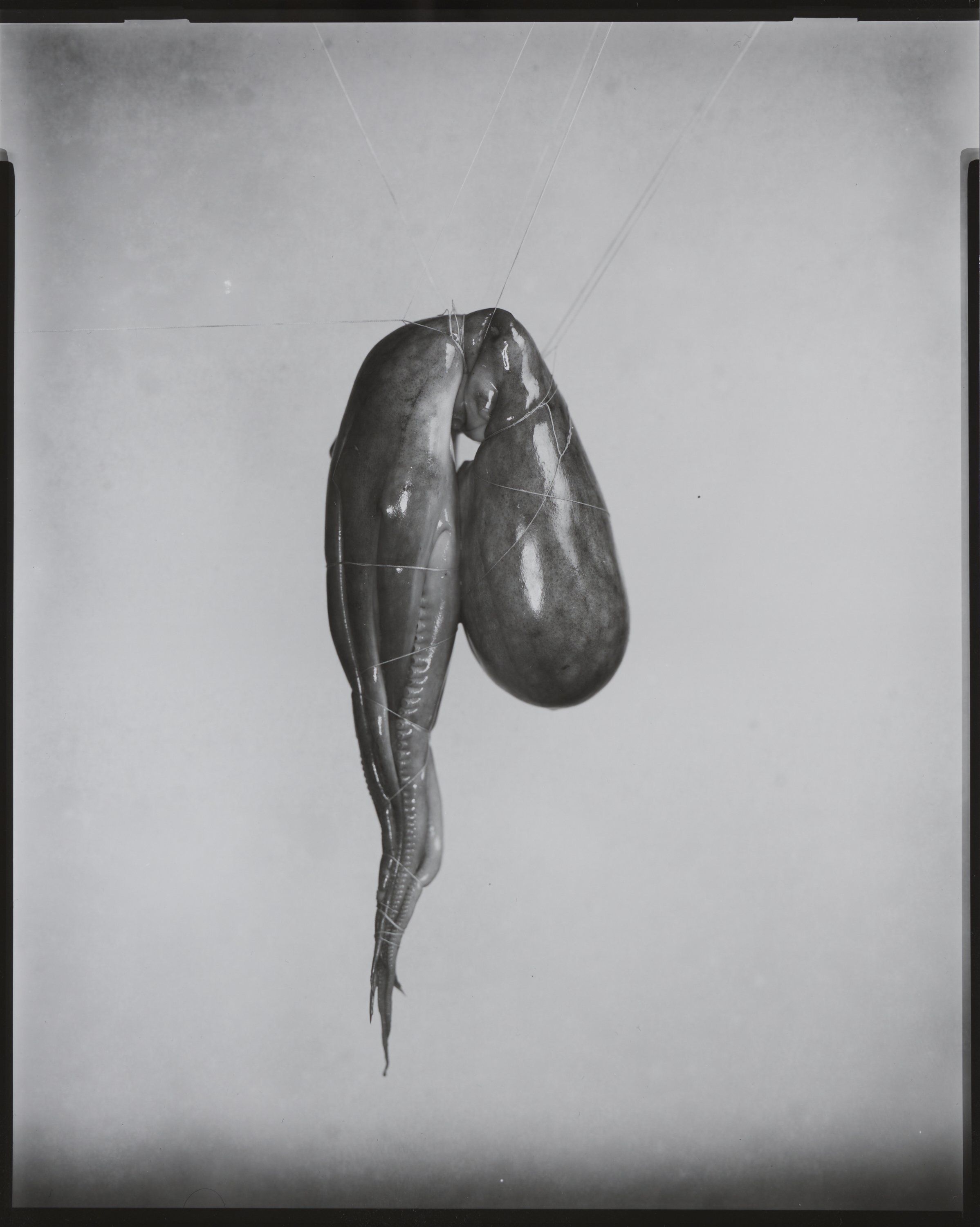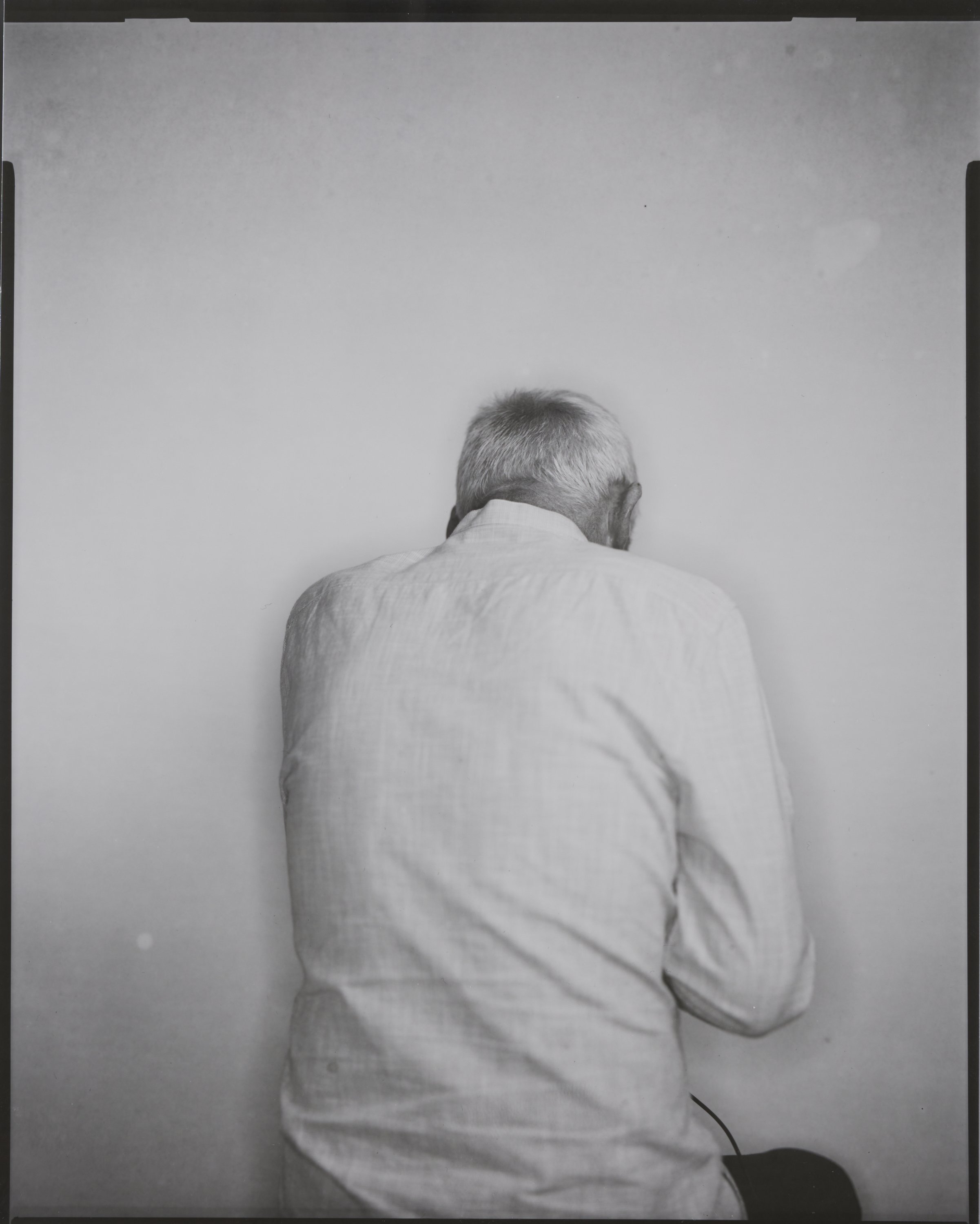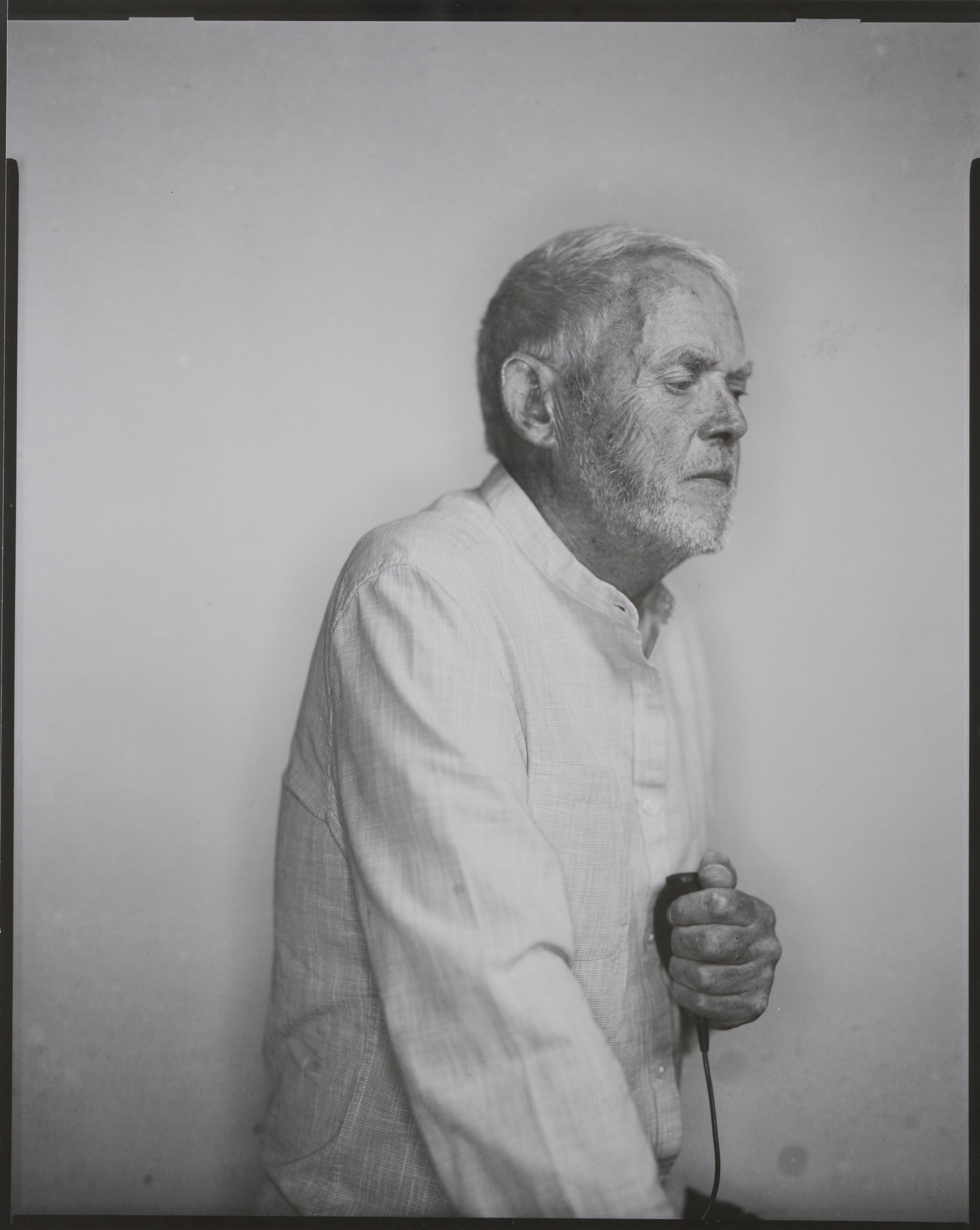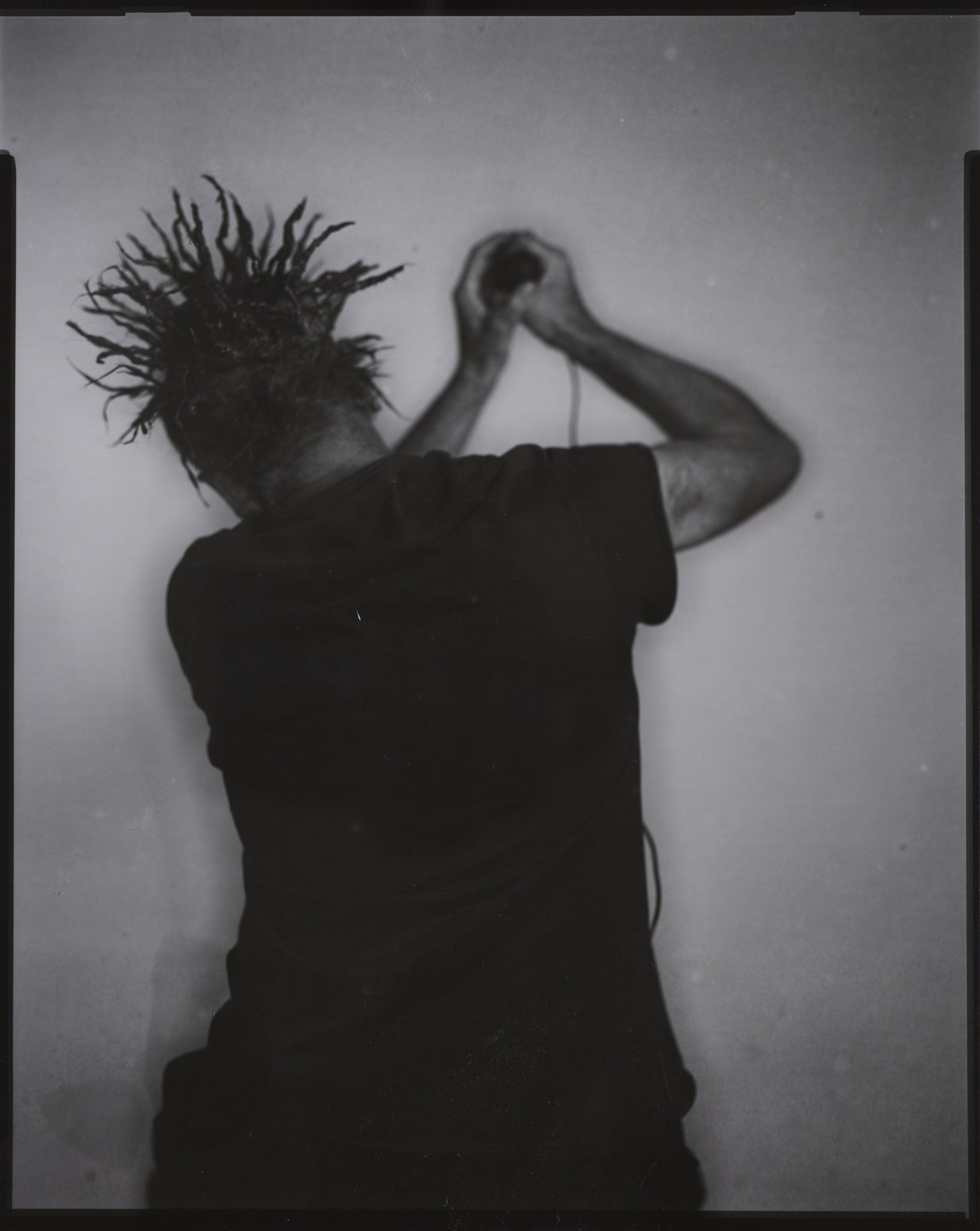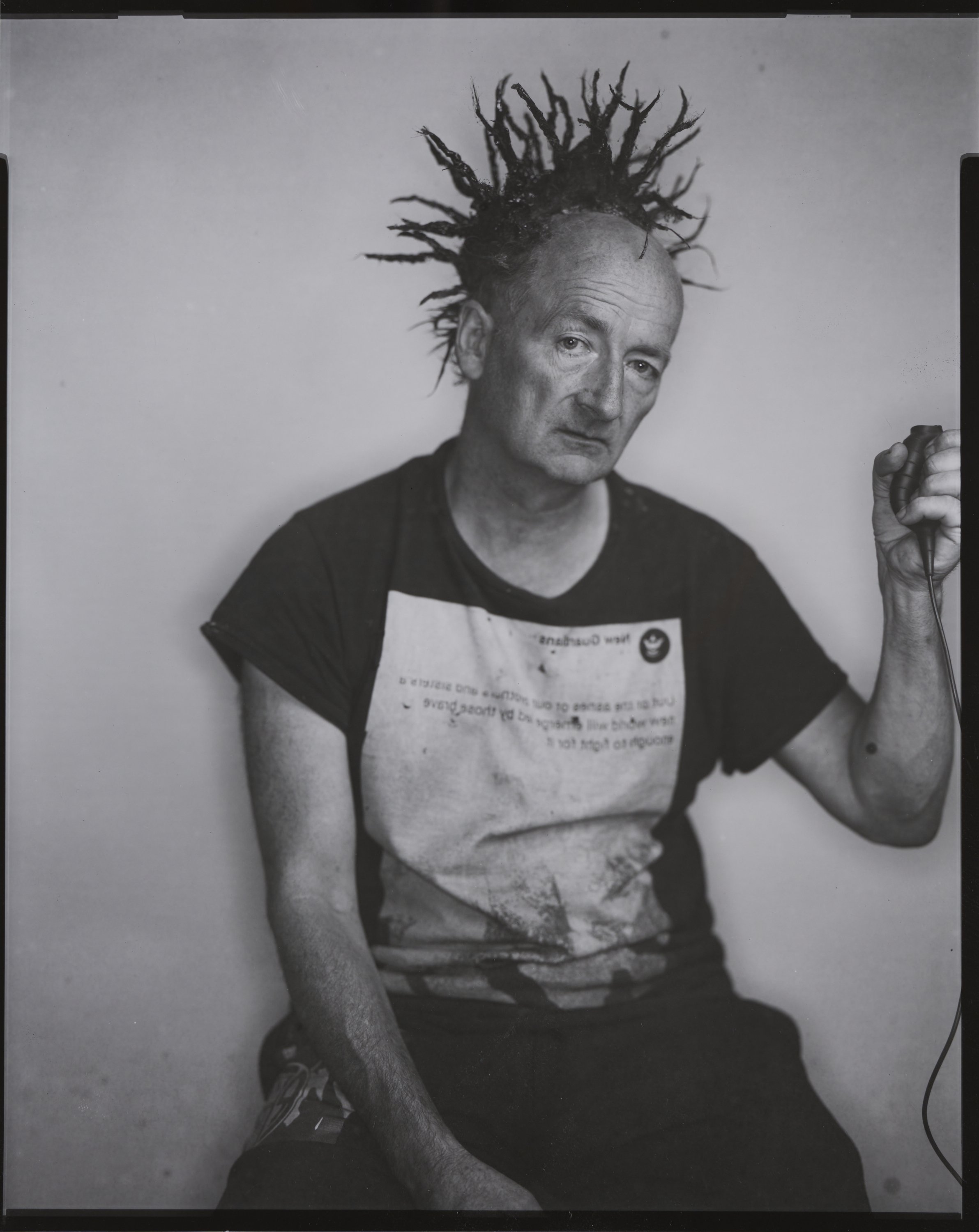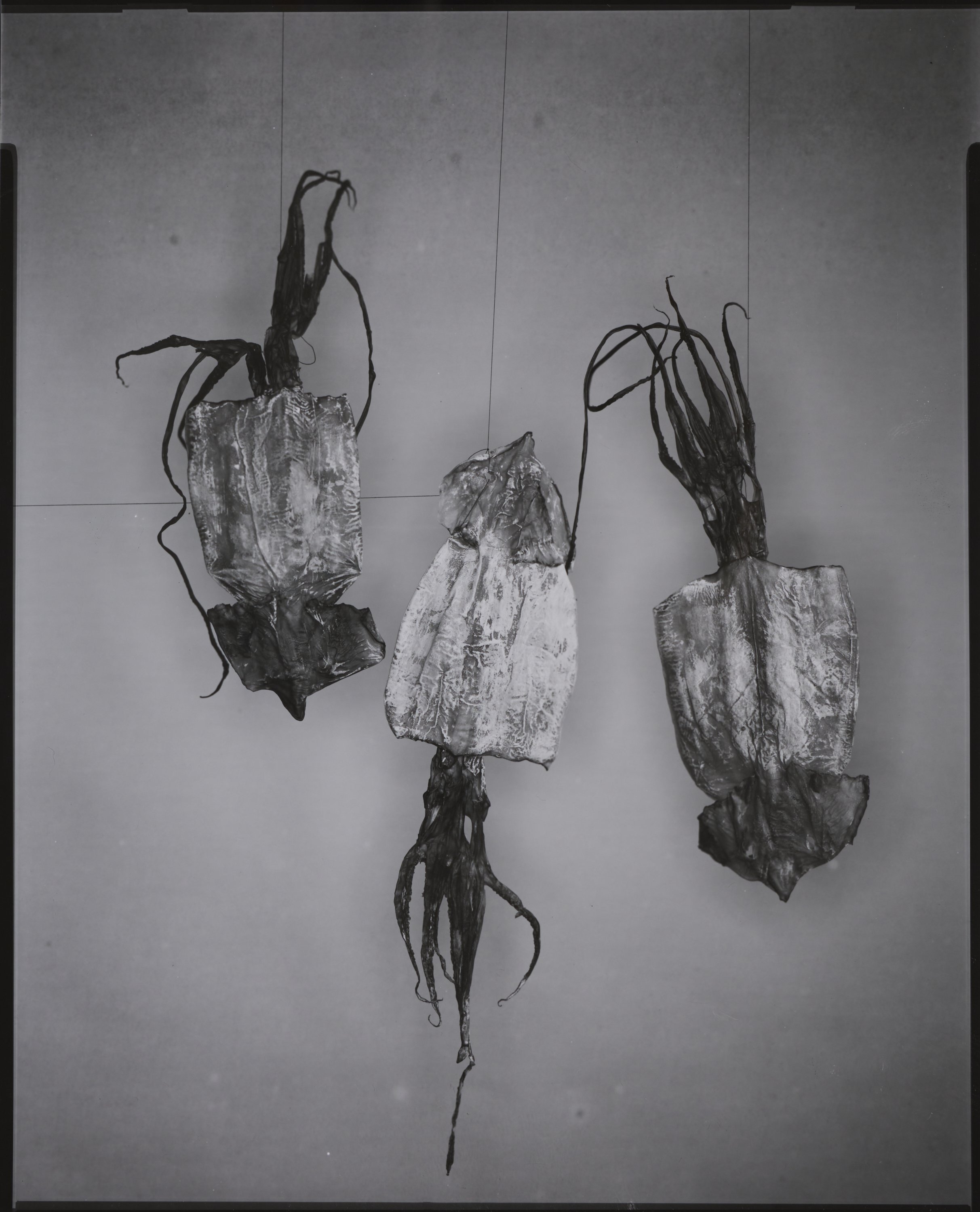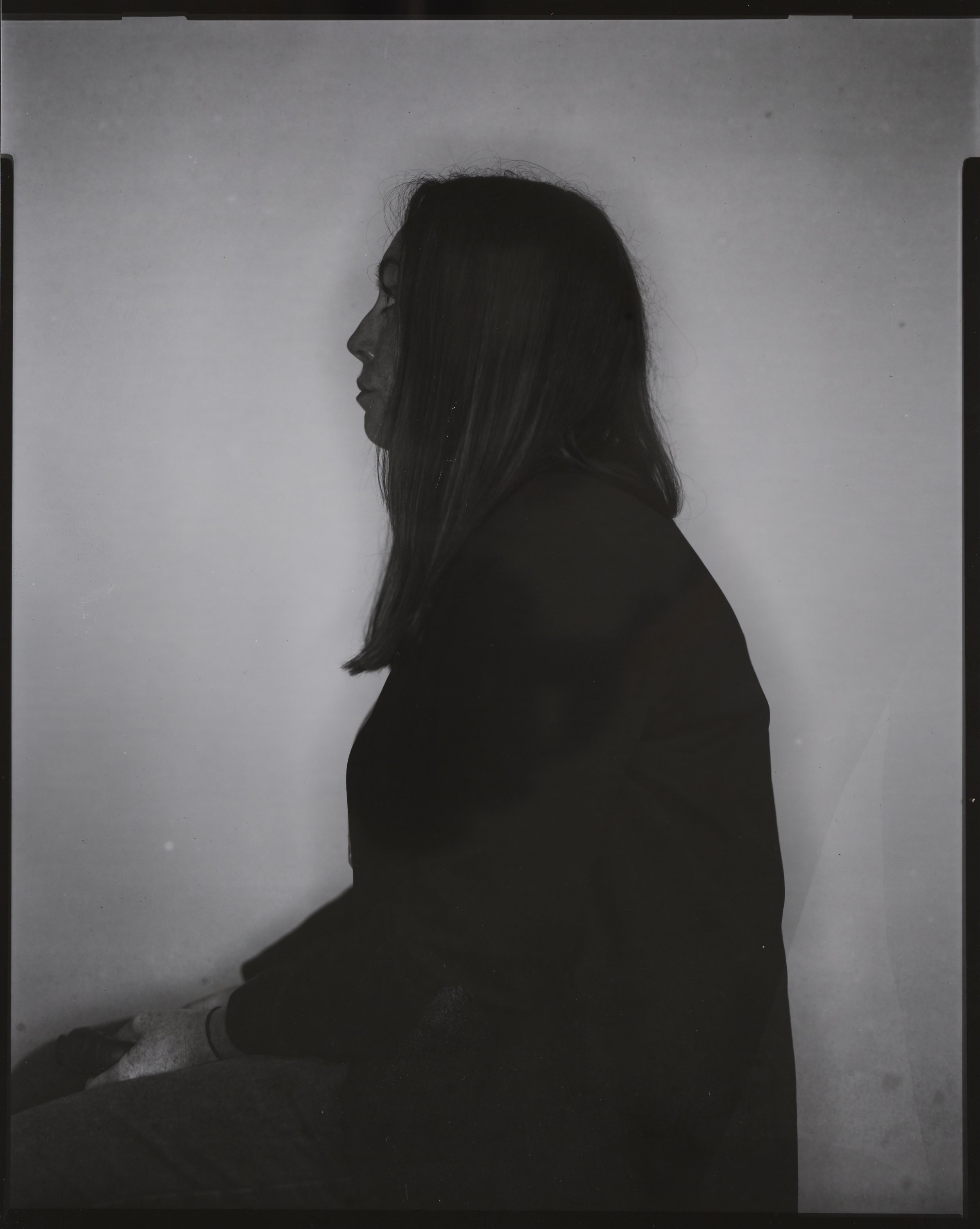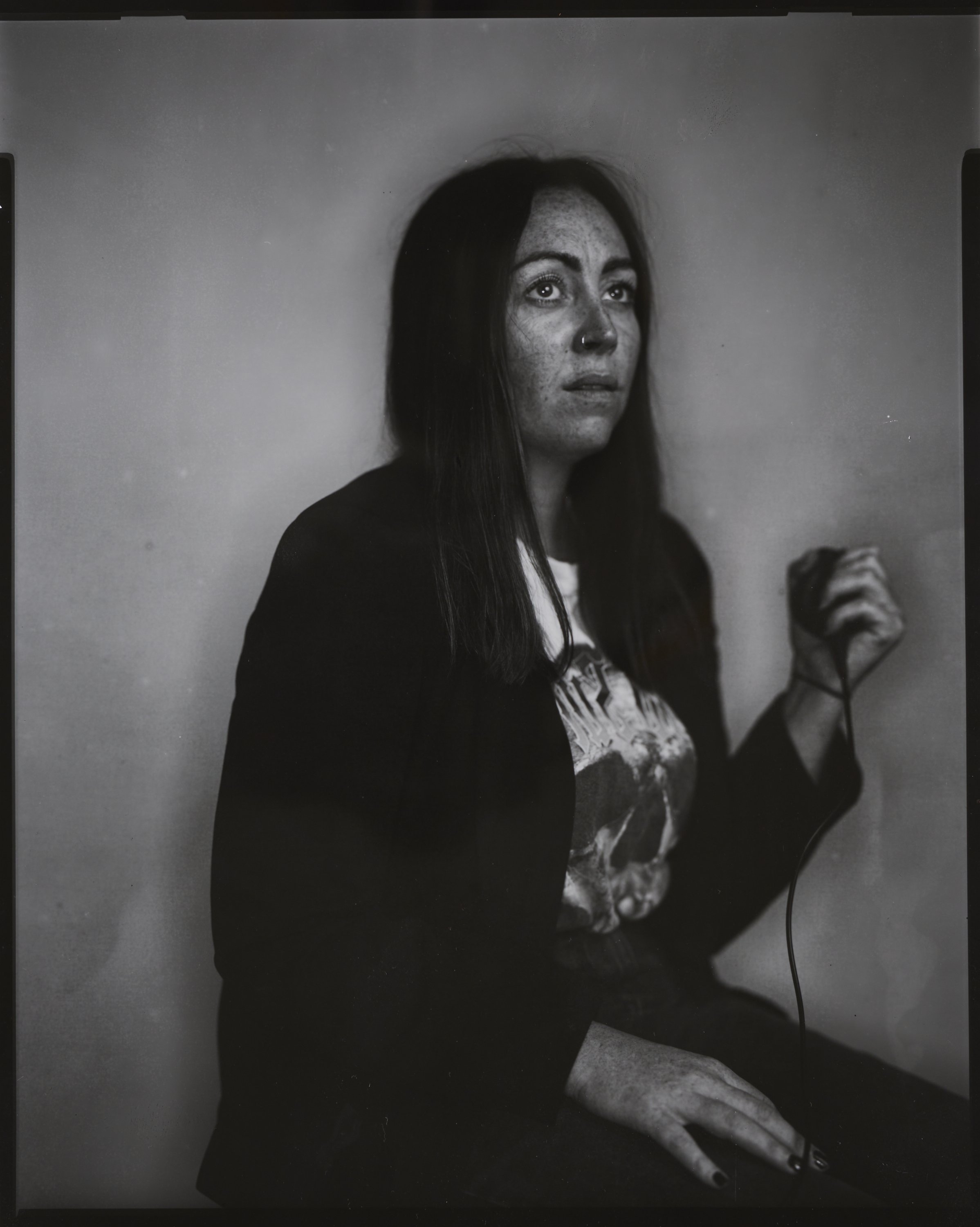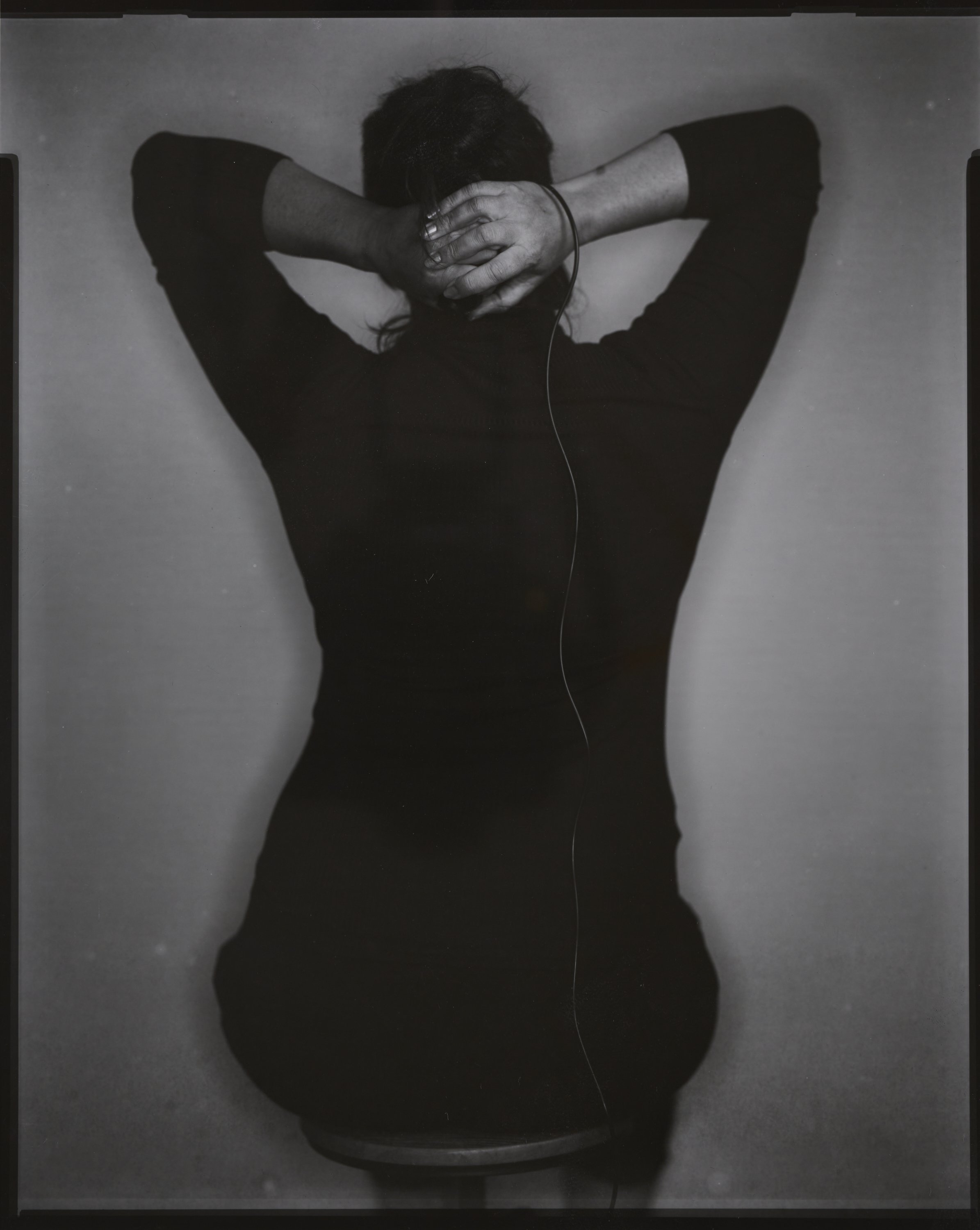Traverse no. 9: Kayhan Jafar-Shaghaghi
Welcome to our column that discovers, investigates, and highlights fine art photographic work from an international forum of creatives. Aptly named “Traverse” and written by contributing editor, Michael Kirchoff.
Within this column, I strive to look at photographs and processes that reside outside of the familiar American bubble that we see more often than not. The aim is in examining not simply our similarities and differences, but also the common thread of making photographs in our shared process and goals.
—Michael Kirchoff, Contributing Editor
Kayhan Jafar-Shaghagh
In contemporary photography, a rare breed of artist exists, one who effortlessly marries the tactile beauty of traditional film with the ethereal world of the imagination. Kayhan Jafar-Shaghaghi, a Persian-born artist, now calls Edinburgh, Scotland, his creative sanctuary, where he weaves the threads of history, culture, and personal experiences into striking 8x10 film images that speak to the soul and provoke deep introspection. It was a table at the Review Santa Fe portfolio walk that I strolled by and was immediately struck by this man's prints. An incredible print always gets my attention, and the work, process, and artist kept me there, asking questions and knowing that I needed to tell more people about the stunning imagery he creates. On top of that, it was astonishing to me that someone was still working with the materials that Jafar-Shaghaghi was using. I had no idea this was possible anymore, but there will be more on this shortly as we learn his story.
Jafar-Shaghaghi's journey into the world of photography is a testament to the transformative power of art and the profound impact it can have on an individual. Born in Tehran in 1978, he came of age during tumultuous times, marked by the Islamic revolution and the Iran-Iraq War, the longest of the twentieth century. These experiences undoubtedly left an indelible mark on his psyche, and it's no wonder that he found solace and expression through the lens of a camera.
His love affair with photography ignited at the tender age of 12 during a school day trip to a former palace of the Shah, repurposed into a museum following the Islamic revolution. There, among the relics of a bygone era, he encountered a black-and-white print that would change the trajectory of his life. An image of a forest, captured by the iconic Ansel Adams, hung upon the wall, and its clarity and luminosity left a lasting impression on the young man. In that moment, he realized the extraordinary ability of photography to move the viewer, to bridge the gap between reality and the majestic.
Years later, while frequenting the Paris Photo Fair, Jafar-Shaghaghi's attraction to large and ultra-large photography became evident. The impact of these images compelled him to embrace the 8x10 format exclusively, a decision that has since become a cornerstone of his artistic identity. His journey as a photographer is marked by his commitment to the analog medium and his passion for the darkroom. He taught himself photography while also earning a PhD in history, blending his artistic side with his scholarly expertise. This blend of history and artistry informs his work, where extensive research precedes and envelops each photographic project.
Throughout the early 2000s, when film was still king in the professional photography world, Jafar-Shaghaghi took a deep dive into his craft. He immersed himself in the darkroom, mastering the alchemy of film development, and nurtured an intimate connection with the medium. The tactile experience of working with film and the unique quality it brought to his images set the stage for the distinctive visual language that defines his work. A pivotal decision in his artistic journey was to dismiss digital photography in favor of the analog realm. Jafar-Shaghaghi was unsatisfied with the digital "look" of images, falling short of the rich color palettes and tonal ranges achievable with film. What is more, the format itself held a profound fascination for him. Even the largest digital sensors pale compared to traditional medium format film, let alone the sheer beauty of an 8x10 camera. The format's size fundamentally alters how an image renders space, and it is a quality best appreciated in print rather than on a screen. Indeed, one needs to see and experience his photographs in person to gauge their depth fully.
One particularly unique facet of Jafar-Shaghaghi's work is his use of IMAGO paper, a direct positive paper that requires technical mastery to yield the proper results. Originally crafted by Cibachrome in Switzerland, this paper was designed to create enlargements from black-and-white transparencies. To work with IMAGO paper is a daunting task, as its ISO can fluctuate from a mere 1 to 12, depending on the exposure. Overcoming these challenges demands meticulous pre-flashing and precise control over the darkroom chemistry. Moreover, the process of coating the paper with emulsion involves machines that are half a century old, leading to unpredictable quality issues. All these intricacies contribute to the frustrations and hurdles that Jafar-Shaghaghi faces in his pursuit of creating unique photographic art. However, the end result is something genuinely unparalleled.
Central to Jafar-Shaghaghi's camera arsenal is the Lotus 8x10 field camera, a masterpiece crafted by Gunter Strobele in Austria. In his studio, he deploys powerful strobes to capture an image on IMAGO paper. His choice of film depends on the project at hand, and he works with a variety of emulsions. Ilford Ortho 80 and Ilford FP4 find their place in his studio work, while Fomapan 400 often accompanies him on his travels. When exploring the world of color, he turns to the luscious Fuji Provia 100. It's all a testament to his unwavering dedication to the art form and his commitment to the legacy of traditional photography.
For Jafar-Shaghaghi, the darkroom is more than a place of image development; it's where the soul of a photograph comes to life. He immerses himself in the craft, often dedicating two-thirds of his time to the darkroom, an essential part of the symbiotic relationship between film and the creative process. In his eyes, the art of photography extends seamlessly from the moment of exposure to the final print, and understanding the darkroom intimately is paramount to unleashing the full potential of his process.
The isolation of the studio, especially in recent years due to the pandemic, has led to a profound shift in Jafar-Shaghaghi's creative process. While he refers to his current work as "planned," he injects spontaneity as a creative force in his studio practice. In portraiture, he relinquishes the role of the photographer by allowing the sitter to take the picture, turning it into a collaborative work. The act of taking a photograph becomes an intimate dialogue about memories and emotions, where the image captures the sitter's life story.
In his still-life sculptures, he embraces spontaneity by crafting compositions from the eclectic assortment of objects he borrows from a local hoarder. Each pile of seemingly random items becomes the raw material for an impromptu creation, a unique piece of art reflecting existence's fleeting nature. With his ongoing artistic journey, Jafar-Shaghaghi's immersion in the darkroom is evident as he diligently works through a backlog of over 2,000 8x10 negatives he has captured since 2019. His dedication to the craft shines through as he strives to print each of these images, ensuring they reach their full artistic potential. May we all one day see the final results of these efforts, for they will most certainly be striking and worth the time and patience required to realize them all fully. —Michael Kirchoff
[clicking on a thumbnail will bring up a lightbox]
About the artist
Kayhan (Tehran,1978) lives and works in Edinburgh, Scotland.
Photography, as an art form, serves as a canvas for self-examination, offering a mirror to reflect the complexities within. My photographic practice, encapsulating themes of self-examination, delve into the labyrinth of human emotions and experiences, exploring the nobility inherent in overcoming adversities and embracing the enigmatic essence of existence.
At its core, this portfolio embodies the quixotic nature of the human spirit—the relentless pursuit of ideals despite the odds. Each image becomes a chapter narrating tales of resilience, capturing moments where vulnerability intertwines with strength, unraveling the enigma of the human condition.
Formal complexity serves as a visual language, infusing depth into each frame. The interplay of light and shadow, the juxtaposition of elements, and intricate compositions add layers of meaning, inviting viewers into a realm where reality intertwines with the surreal. Through the lens, the project weaves a tapestry of motifs and archetypes that emerge as recurring motifs, transcending cultural boundaries.
In essence, this photographic project is an ode to the human spirit—a visual symphony that celebrates the nobility of resilience, embraces the enigma of existence and invites viewers on a transformative journey of self-reflection. It is a testament to the power of imagery to evoke emotions, provoke thoughts, and unravel the complexities inherent in the human experience.
kayhan.co.uk
IG: @kayhanstudio
About the author
Michael Kirchoff works in the worlds of both commercial and fine art photography. A commercial shooter for over thirty years, it is his fine art work that has set him apart from others, with instant film and toy camera images fueling several bodies of work. His consulting, training, and overall support of his fellow photographic artist continues with assistance in constructing one’s vision, reviewing portfolios, and finding exhibition opportunities, which fill the gaps in time away from active shooting.
Michael is also an independent curator and juror, and advocate for the photographic arts. Currently, he is also Editor-in-Chief at Analog Forever Magazine, and is the Founding Editor for the online photographer interview website, Catalyst: Interviews. Previously, Michael spent over four years as Editor at BLUR magazine.





